Sign up here to subscribe to the Grower2grower Ezine. Every two weeks you will receive new articles, specific to the protected cropping industry, informing you of industry news and events straight to your inbox.
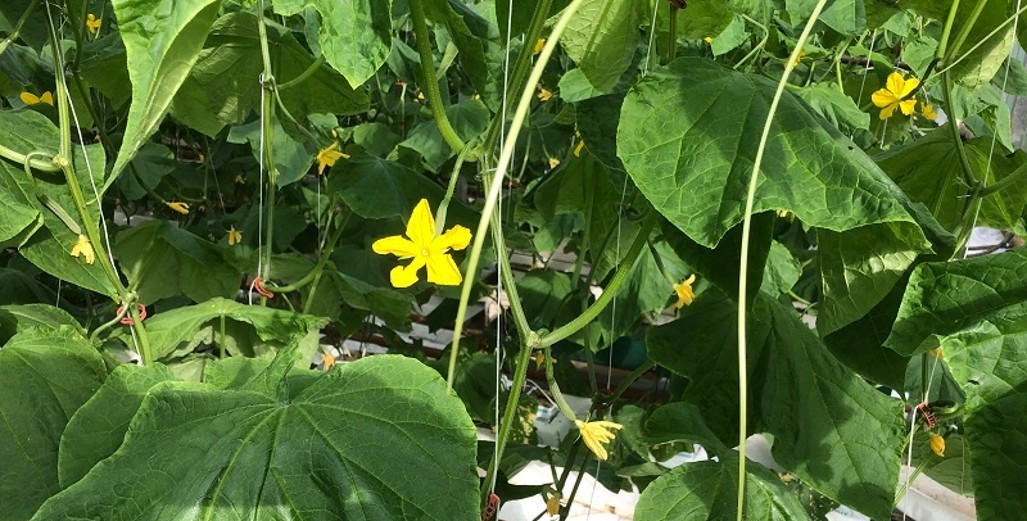
.png)
Understanding Flowering Habits In Cucumbers
- Cucumber varieties are either monoecious or gynoecious in their flowering patterns.
- Gynoecious varieties produce only female flowers and have a more concentrated period of fruit production.
- There are also parthenocarpic varieties that do not need to be pollinated to produce fruit.
Cucumbers, like most cucurbit plants, produce separate male and female flowers on the same plant (Figure 1). In botanical terms, these plants are said to be monoecious (translation, one-house). On monoecious plants, the male flower contains stamens that produce pollen, while female flowers have pistils that contain the ovule. By contrast, plants, such as tomatoes and beans, produce “perfect” flowers that have both male and female parts present in the same flower.
Both male and female structures need to be present so that the pollen from the male flowers can fertilise the ovules in the female flowers to produce viable seed. Cucumber pollen is produced in a sicky mass and is not windblown. Hence, pollination requires the activity of insects that move pollen from make to female flowers, with bees being the most common pollinators. Once pollen has been deposited on the female flower, the pollen grains germinate and grow down the pollen-tubes to reach the ovules, where fertilisation takes place.
As the fertilised ovules develop, hormones are released that stimulate the division and expansion of fruit cells. The development of cucumber fruit usually depends on the presence of an adequate number of fertilised seed within the developing fruit. Without enough fertilised seed, the fruit either aborts or becomes misshapen (Figure 2).¹
While wild-type cucumbers and older cucumber varieties are monoecious, cucumber varieties today can have flowering patterns that are monoecious or gynoecious. In this context, the term monoecious refers to having both male and female flowers on the same plant in about equal numbers. Gynoecious cucumber plants, however, produce only female flowers. A cucumber plant that produces mostly female flowers but a few male flowers is called predominantly female, often designated as PF.
MONOECIOUS CUCUMBERS
Most older varieties of cucumber are monoecious, often producing more male than female flowers. The male flowers typically develop on the main stem earlier and in larger numbers than female flowers.² This may be concerning to some, as the plants appear to be only producing male flowers, but the female flowers will start to develop a little later, so that when they are ready to be pollinated, viable pollen will already be present.
Environmental factors can affect the proportion of male to female flowers.¹ For example, plant density can affect the number of female flowers. At higher densities, plants compete for water, nutrients, and sunlight, and the resulting stress can lead to a higher proportion of male flowers. Optimum populations for hand-picked slicing cucumbers are in the range of 24,000 to 26,000 plants per acre. A range of 26,000 to 30,000 plants per acre is recommended for hand-picked pickling cucumbers and a range of 45,000 to 65,000 for machine-harvested pickling cucumber. Other stresses, such as damage from insects or blowing soil, low light intensities, or water stress, can result in the production of fewer female flowers.¹ The proportion of male to female flowers is also influenced by temperature, with higher temperatures (86ºF and above) promoting maleness and lower temperatures (60ºF and below) promoting femaleness. At low temperatures, there may not be enough male flowers to adequately pollinate the crop, while at high temperatures, there may not be enough female flowers to produce the desired number of fruit.
GYNOECIOUS CUCUMBERS
Many modern cucumber hybrids are gynoecious.² Gynoecious varieties produce large numbers of female flowers and have a fairly concentrated flowering period. Thus, they produce a lot of fruit over a relatively short amount of time. This concentrated fruit production works well in mechanical harvest systems that harvest only once or in multi-pick systems with small harvest windows or the need to rotate to another crop quickly. In contrast, the flowering periods of monoecious varieties are usually more spread-out. Over the course of the season, monoecious varieties will produce about the same number of fruit per plant, but the fruit production will occur over a longer time period and require several pickings. This extended fruiting period may work better for growers who desire sustained production over a longer period to supply sales at farmer’s markets or home gardens.
The female flowers of gynoecious varieties will still need to be fertilised with pollen from male flowers, so a certain percentage of monoecious plants neem to be planted along with the gynoecious plants to serve as pollinisers. Most seed companies provide cucumber seed blends that contain 85% to 90% gynoecious seed and 10% to 15% monoecious seed. These blends ensure that the optimal proportion of male to female flowers are present in a planting, resulting in good pollination levels and high fruit yields.
PARTHENOCARPIC CUCUMBERS
In addition to gynoecious and monoecious varieties, there is also a third type of cucumber variety, parthenocarpic varieties. Unlike the gynoecious and monoecious varieties, which require pollination to produce fruit, parthenocarpic varieties produce fruit without the need for pollination.
Parthenocarpic varieties are seedless. Or nearly so (Figure 3), and the fruit develops in the absence of fertilised seed. These varieties can produce seed if pollinated. Therefore, parthenocarpic varieties should be spatially isolated from other types of cucumbers to keep the fruit seedless.³
Because parthenocarpic do not produce large numbers of seed, even when pollinated, the cost of seed production is high, and the seed of these varieties is typically more expensive than the seed of other varieties.4
Sources:
1 Schultheis, J., Averre, C., Boyette, M., Estes, E., Homles, G., Monks, D., and Sorensen, K. 216. Commercial production of pickling and slicing cucumbers in North Carolina. North Carolina State Cooperative Extension. AG-552.
2 Orzolek, D., Kime, L., Bogash, S., and Harpe, J. 2010. Cucumber production. Penn State Extension. Agriculture Alternatives. UA463.
3 Wyenandt, A., Kuhar, T., Hamilton, G., VenGessel, M., and Sanchez, E. 2016-2017 Mid-Atlantic commercial vegetable production recommendations.
4 Fanourakis, N. and Tzifaki, E. 1992. Some relationships of seed production with parthenocarpy and relative humidity in the cucumber. Cucurbit Genetics Cooperative Report 15:11-12.
For additional agronomic information, please contact your local seed representative. Developed in partnership with Technology, Development & Agronomy by Monsanto.
Individual results may vary, and performance may vary from location to location and from year to year. This result may nit be an indicator of results you may obtain as local growing, soil and weather conditions may vary. Growers should evaluate data from multiple locations and years whenever possible. The recommendations in this article are based upon information obtained from the cited sources and should be used as a quick reference for information about cucumber production. The content of this article should not be substituted for the professional opinion of a producer, grower agronomist, pathologist, and similar professional dealing with this specific crop.
SEMINIS DOES NOT WARRANT THE ACCURACY AND ANY INFORMATION OR TECHNICAL ADVICE PROVIDED HEREIN AND DISCLAIMS ALL LIABILITY FOR ANY CLAIM INVOLVING SUCH INFORMATION OR ADVICE. 161028154925 042717DME
Seminis® is a registered trademark of Seminis Vegetable Seeds, Inc. All other trademarks are property of their respective owners. ©2017 Seminis Vegetable Seeds, Inc.
To learn more about this article contact:
Marco Lozada
De Ruiter Business Manager
Bayer Vegetables New Zealand
////////////////////
Bayer New Zealand Ltd
Vegetable Seeds Division
704 Harrisville Road,
Pukekohe RD2 2677
Tel: +64 09 239 0666
Mobile: +64 27 222 2432
Mail: maco.lozada@bayer.com
Web: http://www.bayer.com I http://www.deruiter.com
CLASSIFIED
Subscribe to our E-Zine
More
From This Category
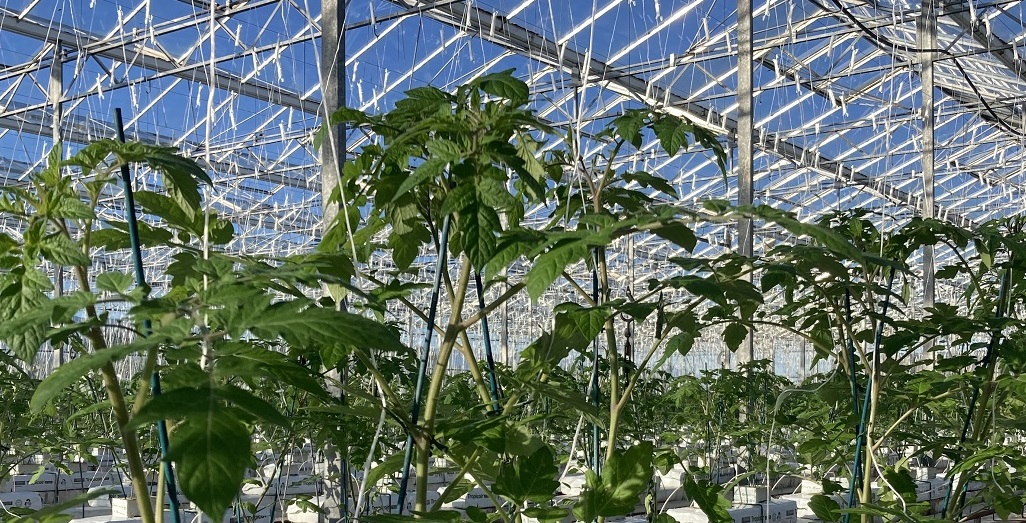
Views sought on streamlining treated seed rules
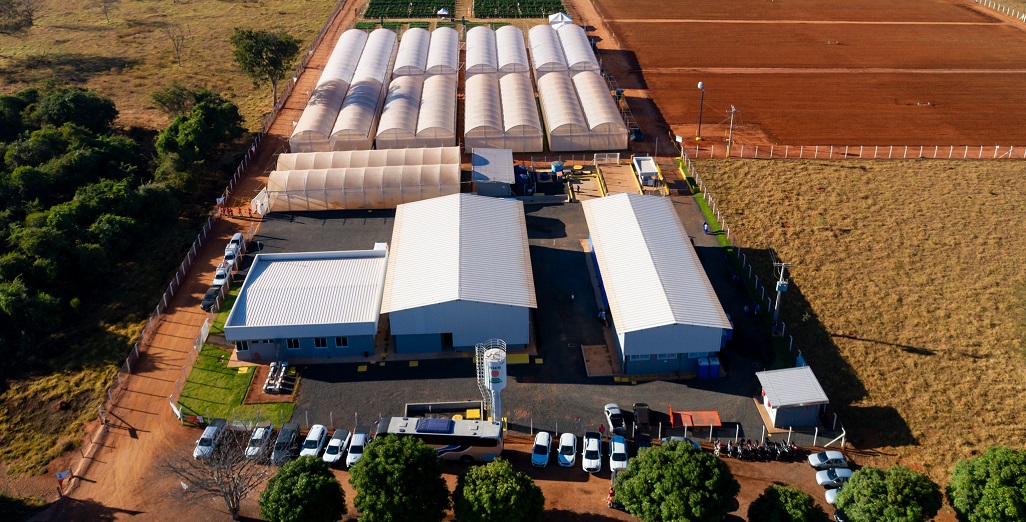
KWS inaugurates new R&D facility in Uberlândia, Brazil
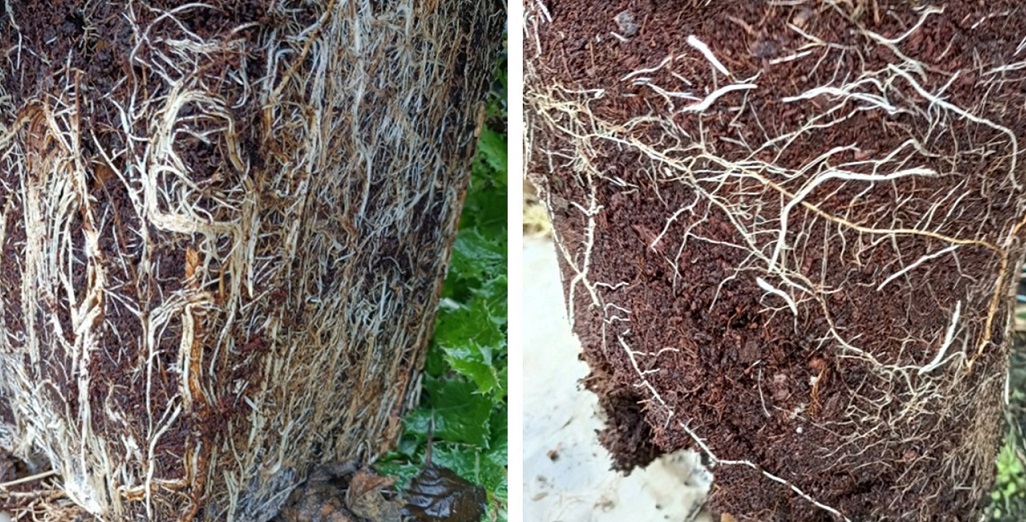
Synergy – protect plants from various soil-borne pathogens.
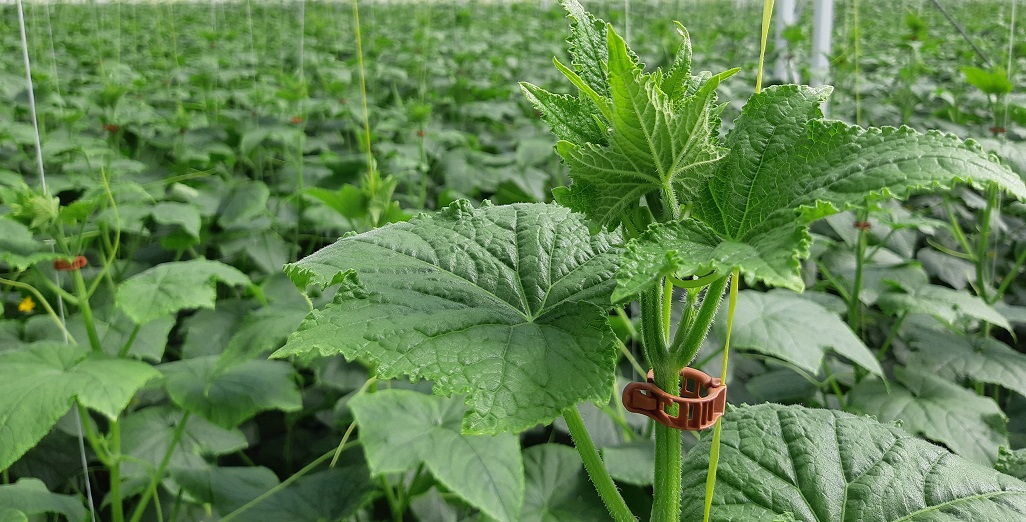
UPtrace is a new variety in NZ for Hi-Tech Production.
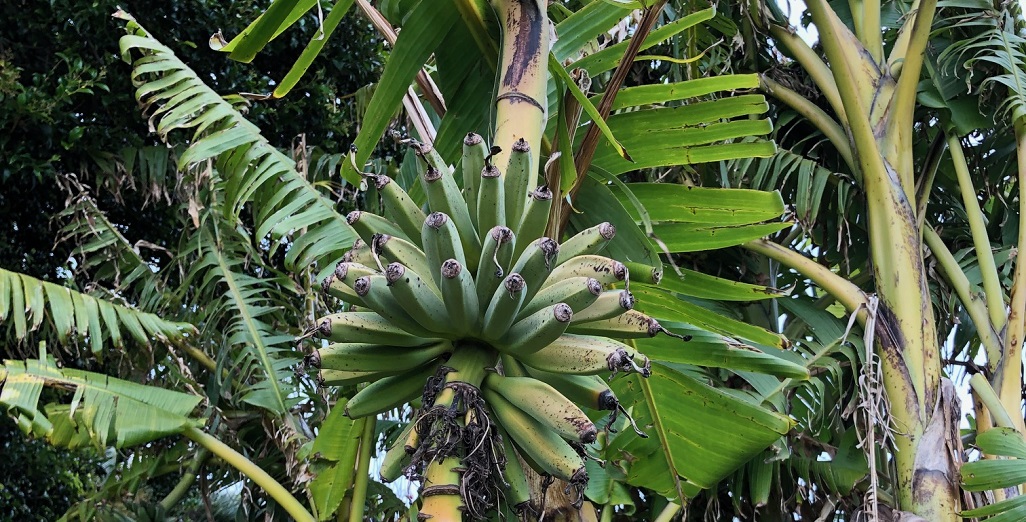
From Northland to Whakatane – I keep seeing more and more home gardens with banana crops.
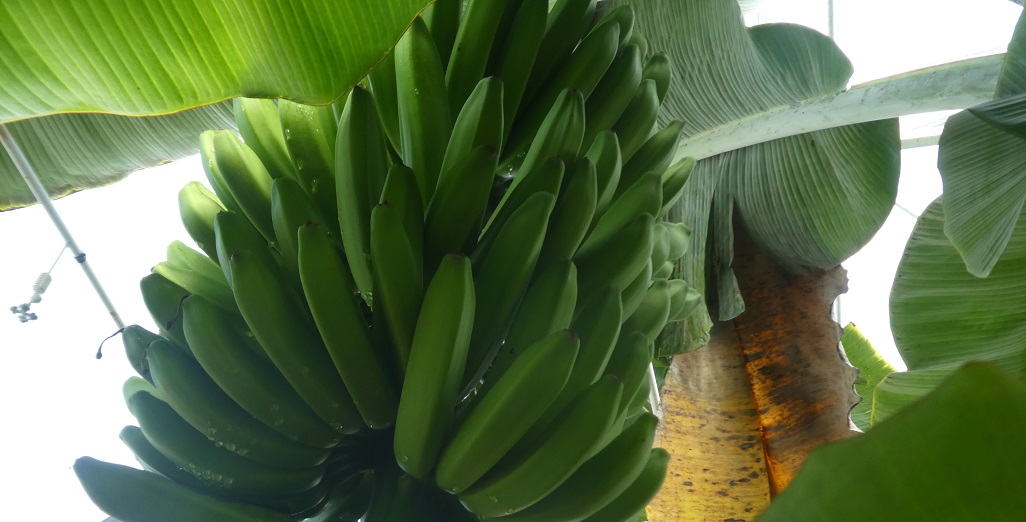


.png)



























